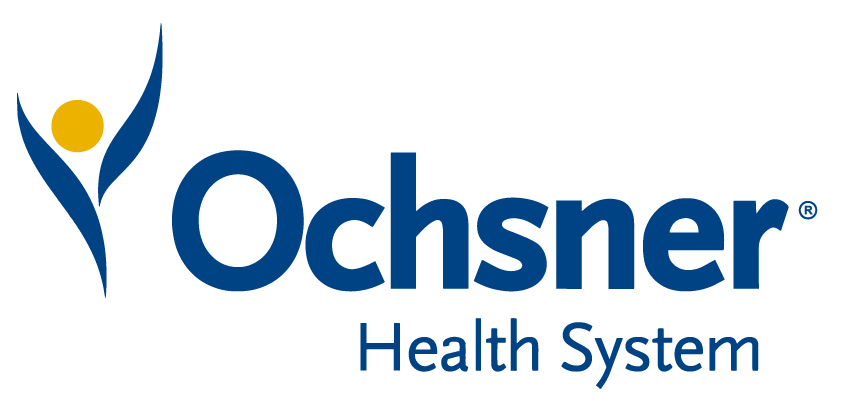Successful surgical coordination requires more than checklists and calendars — especially with over half of orthopedic and other surgical-subspecialty physicians still in private practices. When surgeons work outside the system, even modest workflow friction can leak top-margin surgeries to competing sites.
Powered by AI and machine learning, iQueue for Surgical Clinics embeds intelligent case building, managing, and scheduling directly into a clinic’s EHR‑embedded workflow. It gives leaders the real-time visibility and automation they need to keep independent surgeons engaged, reduce administrative drag, and move more surgeries forward — cleanly, quickly, and confidently.
10%+
Surgical volume increase
$100k
Increase in net patient revenue per surgeon/year
250+
Hours of time saved/surgeon/year
75%
Reduction in administrative burden
Surgical clinics face mounting pressure to do more with less — yet the scheduling process remains fragmented, manual, and prone to costly delays.
Disconnected systems, limited OR visibility, and inconsistent documentation create breakdowns that result in clinics losing 35% of potential cases, preventable denials, and inefficient use of valuable OR time.
These inefficiencies don’t just slow down care—they lead to millions in missed revenue for a health system, strained staff, and frustrated patients. And most platforms stop short at calendars and checklists — offering no real intelligence to drive measurable ROI.


Real-time OR availability
Embed real-time OR availability directly into clinic EHRs (Athena, ModMed, Epic-Ambulatory, ECW, and more), eliminating the back-and-forth.

Intelligent prompts
One-click scheduling & Smart Prompts auto-populate case details and flag missing codes or clearances before a claim is ever submitted.

Case recovery
Lost-case rescue surfaces stalled charts and nudges teams to recover 72% of previously lost surgeries that can still be booked.

Denial prevention
Denial prevention analytics catch 86% of coding issues that drive rework and write-offs.

Performance dashboards
Actionable performance dashboards give clinics and hospital partners a shared, real-time view of volume, referral patterns, and revenue impact — turning scheduling into a strategic growth lever.
It’s been a game changer for us… well worth the money we pay for it.
Our schedulers are very happy. We can clearly see how work is progressing. No more are cases going missing.
We've seen real relief across the board — from staff to surgeons to patients. With everything centralized and visible, we’ve reduced cancellations by over 70% and finally have a workflow that works.



Take the first step towards unlocking capacity, generating ROI, and increasing patient access.
As an admin I can now monitor in real-time the progress of cases. I’m confident all cases are accounted for.